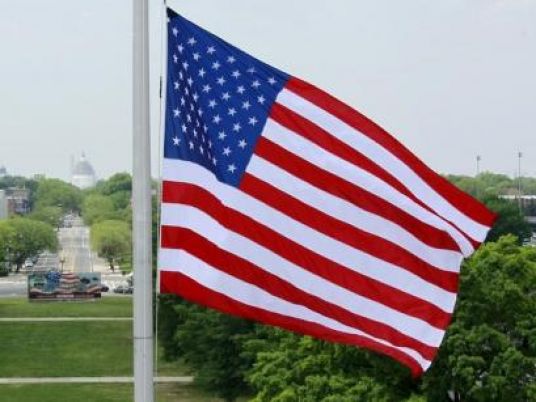
The possibility that the Federal Reserve could raise interest rates for the first time in over nine years this week has injected new levels of anxiety in the global economy.
With markets still in turmoil from China's downturn and sensitive to any added uncertainty, calls from economists for the Fed to hold off are being countered by pushes from emerging economy officials to get the long-awaited move over with.
The fierce debate underscores the complexity of the challenge facing US central bankers when they meet on Wednesday and Thursday.
The issue is whether to pull the benchmark federal funds rate up from zero percent, where it has been frozen since the financial crisis of 2008.
The Fed itself is anxious to get off that extraordinarily low level, and US economic growth is strong enough to handle a quarter-point rate increase, a number of Fed officials have suggested.
But the turmoil in global financial markets for the past month has not eased, and there is still much to be known about how China's problems will affect the rest of the world.
A Fed rate increase threatens to raise the borrowing costs of many governments and companies — though analysts point out that that has already happened in anticipation.
Both the World Bank and the International Monetary Fund, worried about slowing global growth, have suggested the Fed can stand pat.
But others say it is time to pull away from seven years of extremely easy-money policies.
"We are at historically low rates right now, we've got to have a return to normal," argued Robert Morgan of the American Bankers Association.
– Long-expected rate hike –
For months the policy-setting Federal Open Market Committee under Fed Chair Janet Yellen has been eyeing the September 16-17 meeting for a rate increase.
The move would signal the Fed is ready to "normalize" monetary policy with a slow series of increases over the coming two years.
FOMC members base their decisions primarily on the jobs market and inflation. The former has been strong, the unemployment rate falling to 5.1 percent in August, the lowest since April 2008.
Inflation, which the Fed wants to see climb to around 2.0 percent as a sign of steady economic growth, has sagged.
The main reason has been the drop in the prices of oil and other commodities, rather than weak US growth. But the slowdown in China and other emerging economies, and the strong dollar, continue to pull prices lower.
Last month Yellen's top deputy, Stanley Fischer, said the Fed will not wait for inflation to hit 2.0 percent before raising rates. The deflationary pressures were likely to be short-lived, he argued.
But the shockwaves from the crash of Chinese stock markets and Beijing's devaluation of the yuan last month have injected a new factor.
"China's stock market crumble and the subsequent reactions throughout the rest of the world have confirmed that the US remains susceptible to external shocks," said Kim Chase at BBVA.
However, she added, "The benefit of increasing in September is that it sends a signal to the world that the Fed is confident in the direction the US economy is heading."
Yet Andrew Levin, a Dartmouth economics professor who worked at the Fed for 20 years, said even the unemployment data still does not support an increase.
He said there remains ample evidence of labor market slack, including the 2.5 million American who have given up looking for work and the large number of people forced to accept part-time jobs.
Tightening at this point "would be a serious policy error," he said in an analysis of Fed choices.
In comments made in recent weeks, Fed officials themselves appeared divided, suggesting that Yellen could have trouble reaching a consensus.
"Each member is coming into the meeting with a different opinion, and it is unlikely that we will see a unanimous decision either way," said BBVA's Chase.




